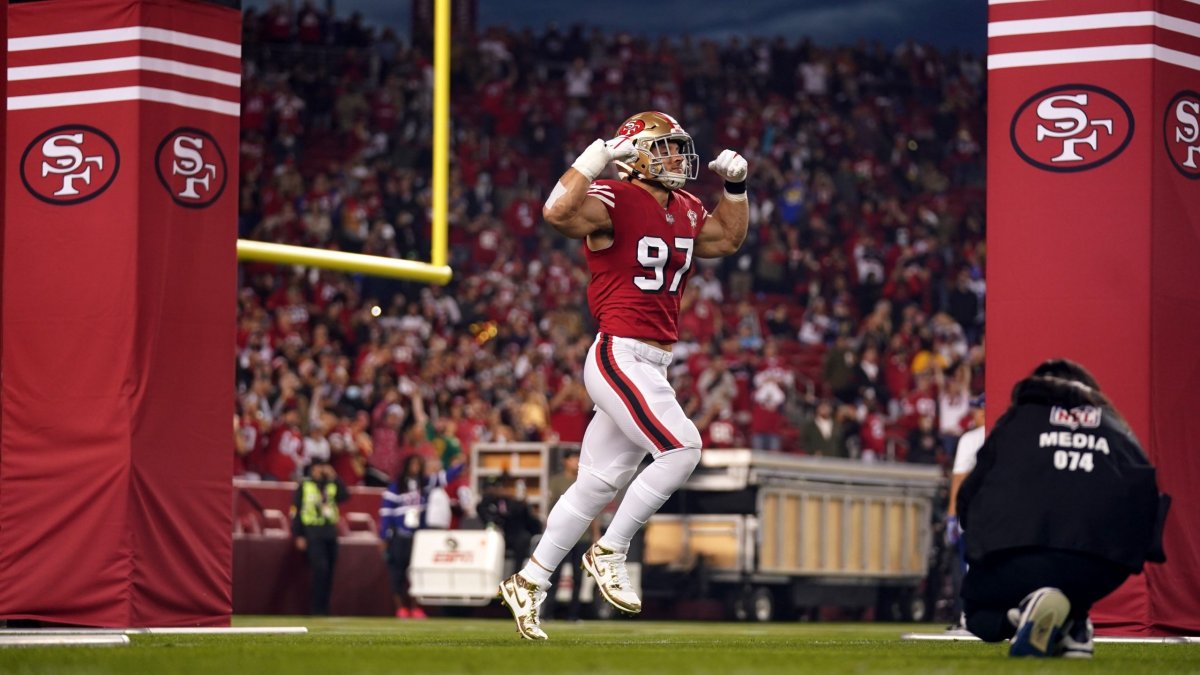There might not be a sport and a league where coaching is more important than football and specifically the National Football League.
The talent disparity between the best and the worst team is much smaller than we’d like to believe, and the gap between the best and worst coaches appears to be growing. Furthermore, acquiring players good enough to “line up and play” with stalwarts — as the two-time defending AFC champion Chiefs do — is not easy, while devising new schemes and strategies is relatively cheap but still not easy.
Click here for more PFF tools:
Rankings & Projections | WR/CB Matchup Chart | NFL & NCAA Betting Dashboards | NFL Player Props tool | NFL & NCAA Power Rankings
We at PFF set out to measure “scheme uniqueness” by using our play-by-play data and a technique called principal component analysis (PCA). We’ve written about this technique before, and this week it was also cited on the PFF Live Show, which airs each Sunday at 11 a.m. ET.
https://twitter.com/PFF_Eric/status/1452716533856280584?s=20
Related content for you:
PFF Data Study: How scheme changes influence offensive performance
via Eric Eager
Do unique coverage schemes lead to success in the NFL?
via Tej Seth and Ryan Weisman
In short, we take scheme-related variables like formations and personnel groups, motion rates, shift rates, routes used, play-action and RPO rates, run concepts, etc., and use PCA to “smoosh” those variables down into a smaller subset of variables. This is because you don’t want to “double count” aspects of play that are roughly the same thing.
For example, the rate at which a team runs play action is correlated with the rate at which it runs plays from under center, so to count those as two independent variables is not sound. These new principal components form an n-dimensional profile of a team, with the first dimension responsible for the most variance in the data set, the second the second-most, and so on.
The plot in the above tweet shows an example of two of those dimensions, along with the variance they account for. To measure scheme uniqueness, we add up the absolute value of these dimensions after weighing them by the proportion of the overall variance in the data set that they are responsible for.
In essence, one can think of this measure as the total distance from the center of that graph if that graph was in n-dimensional space. Below are the playcallers with the most unique schemes through week 10 (pending Monday Night Football):
Exclusive content for premium subscribers

WANT TO KEEP READING?
Dominate Fantasy Football & Betting with AI-Powered Data & Tools Trusted By All 32 Teams
Already have a subscription? Log in



 © 2025 PFF - all rights reserved.
© 2025 PFF - all rights reserved.